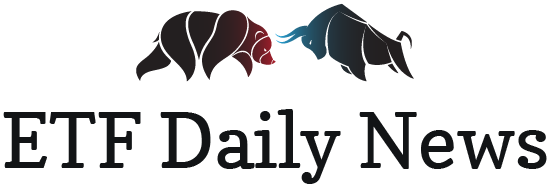Do you believe the current market rally is here to stay?
That belief would mean that despite two consecutive quarters of negative Gross Domestic Profit numbers and the Federal Reserve continuing to increase interest rates as a method to bring down inflation, which is at a level that we have not seen since the 1980s, we actually are not currently staring down the barrel of a recession.
There are economists and market participants currently on both sides of the argument of whether or not we are heading towards a recession.
As I mentioned, I would like to give you a few ETFs that would make you money if the market turns negative. These ETFs are all inverse or leveraged funds, meaning they will experience contango if held for longer than one day. Lastly, I would also like to point out that these ETFs, if used correctly, could help investors hedge their portfolio’s against a market correction.
The first few I would like to mention are the basic inverse ETFs that track major indexes. The Direxion Daily S&P 500 Bear 1X Shares ETF (SPDN) tracks the S&P 500 and will increase in value daily if the S&P 500 goes lower.
For example, if the S&P 500 falls 1%, SPDN will increase by 1%. However, if the S&P 500 increases by 1%, SPDN will decrease by 1%. SPDN and every other ETF I mention today will only produce a near-exact correlation to its corresponding index on a one-day basis.
Two more ETFs that are like SPDN and provide 1X inverse exposure but track different indexes are the ProShares Short QQQ (PSQ), which tracks the 100 largest non-financial stocks listed on the NASDAQ, and the ProShares Short Dow 30 ETF (DOG), which tracks the Dow Jones Industrial Average.
SPDN is more broad-based since it tracks 500 stocks, but perhaps you feel just the top NASDAQ stocks or Dow stocks may underperform moving forward; PSQ and DOG give you some options.
One more 1X inverse ETF that tracks a major index is the ProShares Short Russell 2000 ETF (RWM) which offers 1-times short exposure to the market-cap-weighted index of 2000 US small-cap companies. The RWM may be good because if we do run into a recession, the big companies that make up the S&P 500 or the top 100 NASDAQ stocks may weather the economic storm better than smaller companies that make up the Russell 2000.
If you want to get more aggressive, you can gain 3X inverse exposure to these same indexes with the ProShares UltraPro Short S&P 500 (SPXU), which shorts the S&P 500 3-times. For example, that would mean if the S&P 500 declines by 1%, the SPXU, which provides 3X inverse exposure, would increase in value by 3%.
Once again, the flip side is also a 3X move, meaning if the S&P 500 increases by 1%, SPXU declines by 3%. These moves, both higher and lower, become magnified when the S&P 500 increases or decreases by 2% or more in a single day and the SPXU moves 6% or more during one trading session.
If you want 3X inverse exposure to the top 100 NASDAQ stocks, the ProShares UltraPro Short QQQ (SQQQ) offers what you are looking for, while the ProShares UltraPro Short Dow 30 ETF (SDOW) will do the same for the Dow Jones Industrial Average stocks.
And finally, if you want to short the Russell 2000 with 3X exposure, then the…
Continue reading at INO.com
